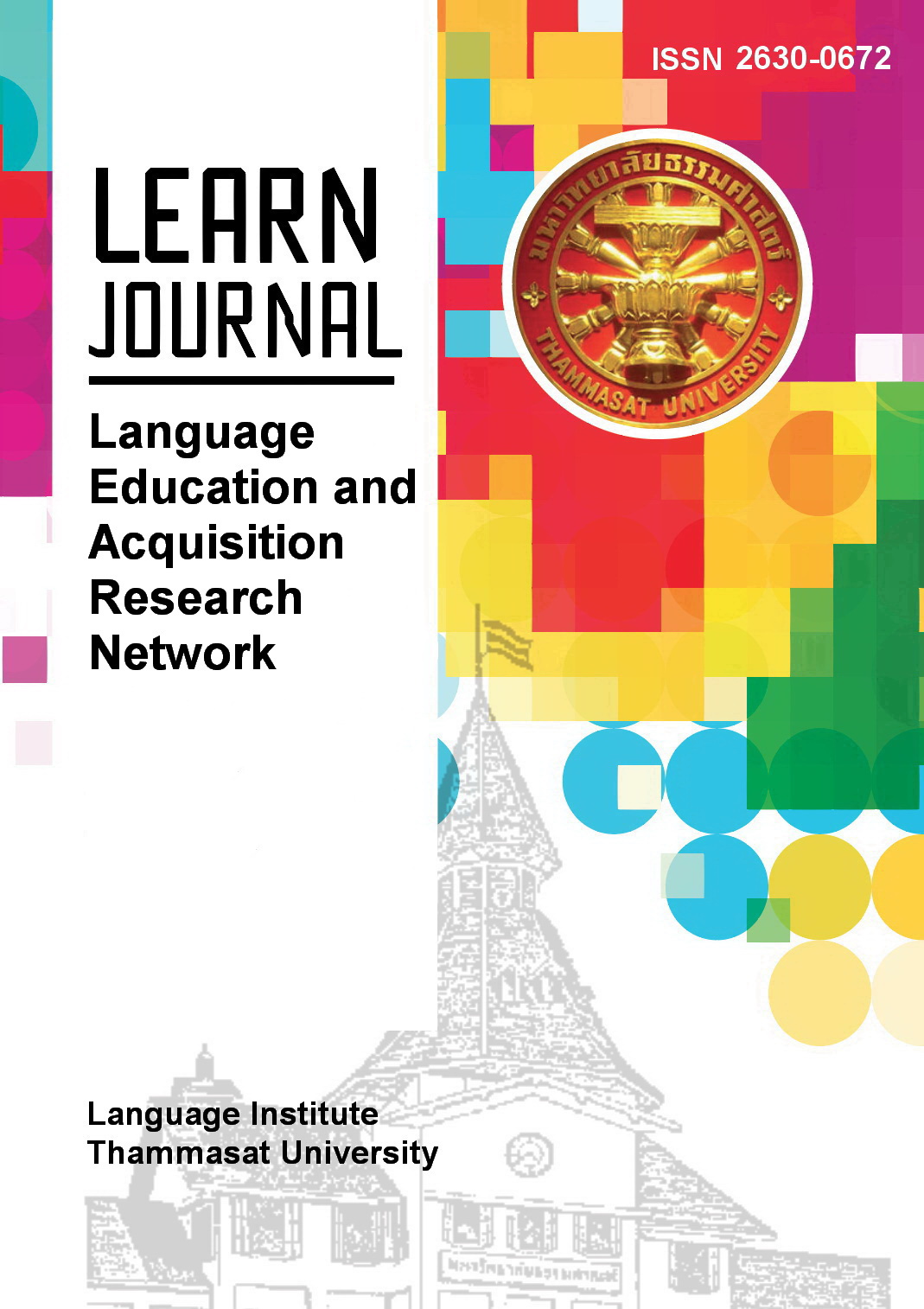Language Classroom Assessment Fairness: Perceptions from Students
Main Article Content
Abstract
This study investigated second language learners’ fairness perceptions of a classroom-based language test and whether those perceptions were predictive of justice judgments of their language program. Classroom test fairness was conceptualized as a multidimensional construct, consisting of distributive fairness (how fairly test scores represent performance), procedural fairness (how equally test procedures are applied), and interactional fairness (how respectful communication is between students and teachers during a test). In total, 192 Chinese EFL learners at a university in Macau completed an online questionnaire eliciting their fairness and justice perceptions of a single testing event. The students reported that their test administration was procedurally and interactionally fair, but were neutral about its distributive fairness. Results from structural equation modeling indicated that the students made justice judgments about their language programs based on how respectfully the teachers communicated with them during the testing event (interactional fairness) and how fairly their score represented their performance (distributive fairness). Perceptions of procedural fairness was not predictive of language program justice, but it was predictive of how fairly students viewed their scores. The findings suggest that language teachers should ensure that their test administrations have distributive, procedural, and interactional fairness.


